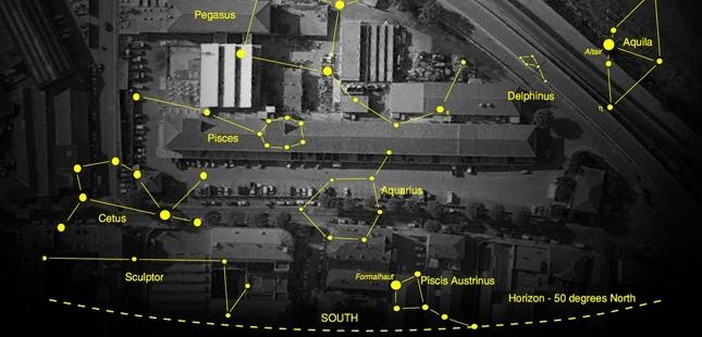Former wastelands, factories, or abandoned companies, no longer of interest to economic players, become vacant lots, remnants of human activity and fossils of that industrial revolution that was supposed, in principle, to open up a promising and progressive future for humanity.
However, that was not the case, and these factories, having become costly and useless, were closed or relocated to places where labor and production costs were lower. Today, they are decaying concrete skeletons, slowly disintegrating, with rusted steelwork and walls worn away by time.
Everywhere, artists are taking over these spaces in a bid to revive, give a soul, and thus breathe life back into these abandoned industrial hubs. Multiple examples have emerged, each with its own specificity and character, thus being able to assert itself and exist.
The guiding principle of these numerous wastelands opposes the concepts of competition and rivalry: “You must be winners.” Albert Jacquard adds: “But what is a winner, if not a maker of losers.” This sentence sums it all up, and the losers are becoming these zones of artistic activity.
Many provincial cities like Nice with the 109 at the old slaughterhouses, Marseille and La Belle de Mai behind the Saint Charles station, Lyon and La Sucrière at La Mulatière, Grenoble with the 102 and Le Brise Glace, Bourges and L’Antre Peaux, Mix’Art Myrys in Toulouse, Fructôse in Dunkirk, the slaughterhouses (again) in Toulouse or Dijon with the Center for Self-managed Culture, claim this right to cultural democracy.
The artists rallying at these industrial centers, where no smoke stains the sky with sooty clouds anymore, aim to inject life back into these factories whose hearts have stopped beating. “Make useful what is no longer useful, and above all, make oneself useful.” This could be their motto.
Here lies a re-evaluation, a willingness to bring life back to these structures abandoned by both industrialists and developers.
These mainly volunteer artists are pioneers. They propose a new society, a new concept of economic exchanges where profit is no longer the driving force. They dream of surpassing the post-industrial society. They wish to assert new values, new foundations of social belonging, thereby restoring to society and humanity, in some way, the capacity to dream and imagine.
These wastelands thus carry a condemnation of the production and consumption society. This transcends economic data by giving, or rather offering creation values that exceed them. This should allow these places to be reactivated by giving them a new purpose. They will become productive again, and artists will be the new producers.
It is up to them to create and provide new momentum where production will be sustainable over time, and their work will be eternal, becoming part of humanity’s heritage. These neglected spaces are gradually coming back to life across France.
In Nice, the 109 is trying, with limited means, to meet this challenge. However, it should not become like the frog in the fable, as that would threaten its success.
Christian Depardieu,
Editor-in-chief of PerformArts


